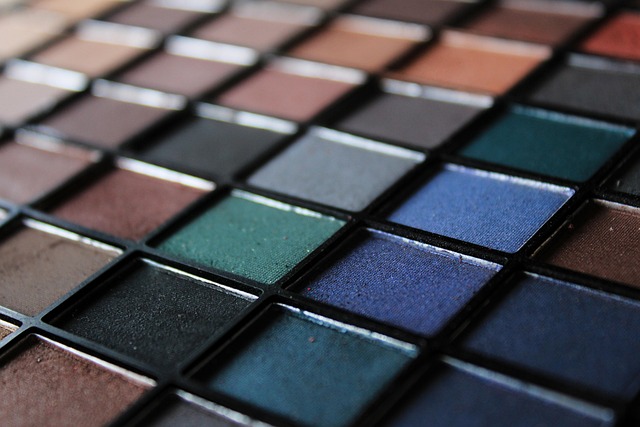In the realm of television, the color palette is not merely an aesthetic choice; it is an essential element that shapes the viewer’s experience, capturing emotions and enhancing storytelling. With advancements in display technology, we now have the power to bring pictures to life, transforming our living rooms into vibrant canvases where every hue and shade tells a story.
The emergence of Technicolor in the early 20th century revolutionized the film and television industries. It allowed filmmakers to leverage the full spectrum of color, adding depth and emotional weight to their narratives. As viewers, we connect with the visual language crafted by directors and cinematographers, allowing us to immerse ourselves deeply in the worlds they create. This emotional connection is primarily influenced by the color palette chosen for each scene, one that can evoke nostalgia, excitement, or even dread.
Modern monitors have pushed the boundaries of what we once thought possible. With OLED and QLED technologies, for instance, we can now experience striking contrasts and vivid color saturation like never before. The black levels on these screens are so deep that they create a sense of realism, pulling viewers right into the action. Imagine watching a sci-fi epic where the vibrant colors of alien landscapes leap off the screen, or a romantic drama drenched in the soft shades of twilight. The technology behind these displays allows us to appreciate every detail in a way that feels authentic and visceral.
In a world where our senses are often overloaded, the art of visualization on our screens provides a much-needed escape. The careful selection of color palettes not only serves the intended narrative but also makes the viewing experience more enjoyable and memorable. For example, certain films and shows strategically use specific colors to reflect moods or themes—think of the warm oranges and soft pastels that characterize a nostalgic period piece, or the dark, moody greys that accompany a suspenseful thriller.
As we explore this fascinating intersection of technology and art, we begin to understand how much careful thought goes into the creation of what we see on our televisions. Display technology is not just about the mechanics of producing images; it’s about crafting a visceral experience that resonates with us. Whether you’re binging the latest drama or catching up on a classic film, take a moment to appreciate the color palette that surrounds you. It’s a vital piece of the puzzle that makes television not only a source of entertainment but also an art form that speaks to our emotions.
In an age where media consumption is constantly evolving, the impact of how we visualize content remains constant. We’re drawn in by exquisite colors and engaging visuals that capture our attention, making our experiences richer and more profound. Thus, understanding the delicate balance of color, technology, and storytelling enhances our appreciation of television as an art form, reminding us that behind every image lies a thoughtful and deliberate design crafted to immerse and transport us into different realms.




